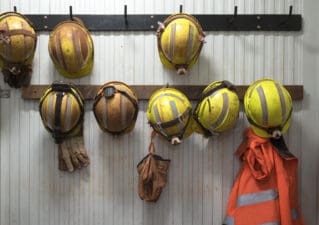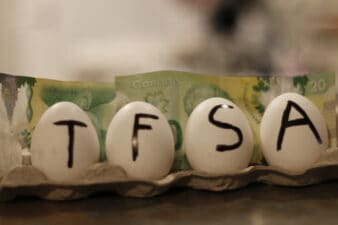Life hasn’t been fun lately for shareholders of Barrick Gold Corp. (TSX: ABX)(NYSE: ABX). Over the past three years, the shares have lost 30% per year.
With the stock beaten down so much, many are wondering if this is the bottom. But make no mistake: Barrick is still a very risky investment. On that note, below are three reasons to be careful.
1. Gold prices
Many of Barrick’s problems can be traced to the plunge in gold prices. Since 2011, when gold nearly reached $1,900 per ounce, the price has slid down to around $1,200. This has put a huge dent in Barrick’s profitability, and made many of its projects uneconomic.
So have gold prices reached a bottom? Well, there are reasons to believe it can continue to slide. For one, gold is still very expensive when compared to median salaries and house prices. Secondly, about a third of demand still comes from investors – with gold looking like a less-appealing investment, this demand could shrink quickly.
Most importantly, gold does not produce cash flows. So pegging an intrinsic value is impossible, and the price can always fall, no matter how depressed the metal may seem.
2. Declining production
Barrick deserves some credit for cutting costs – to illustrate, all-in costs fell to $945 in the most recent quarter, compared to $1,267 a year earlier. These cost-cutting measures have helped Barrick remain profitable, and position the company well to benefit from a gold price rebound.
Unfortunately, this cost-cutting has its drawbacks. Most significantly, it means declining production. This past quarter alone, production fell by 18%.
Further falls in production are entirely possible. Capital budgets have been slashed, and mines have been sold. Over the long term, production from existing mines could very well peter out, and without enough long-term expenditure, replacing that production could prove to be very difficult.
3. The balance sheet
Declining production itself should not be a serious problem if Barrick is focusing more on returns and shareholder value. Unfortunately, a very large obstacle remains: the company’s debt load. Specifically, net debt stands at more than $10 billion. And even though this debt is very long-term, it may prevent the company from other value-creating moves, such as share buybacks or strategic acquisitions.
So at this point, Barrick could very well turn around. But it needs rising gold prices to make that happen. Conversely, if gold sinks below $1,000 per ounce (which isn’t that unrealistic), then serious financial trouble could follow. That risk is just too great.
Luckily, there are much better alternatives, and five are highlighted in the free report below.
 2-for1 Sale
2-for1 Sale






